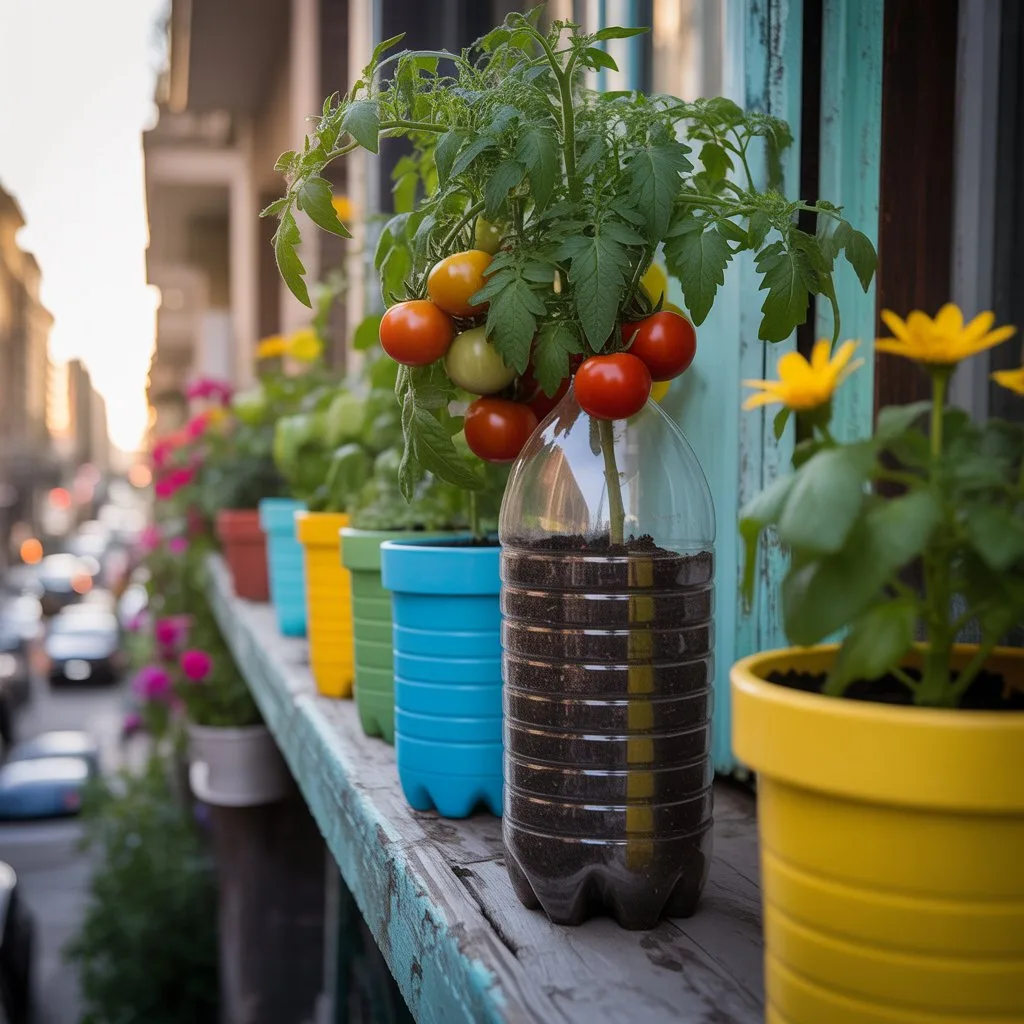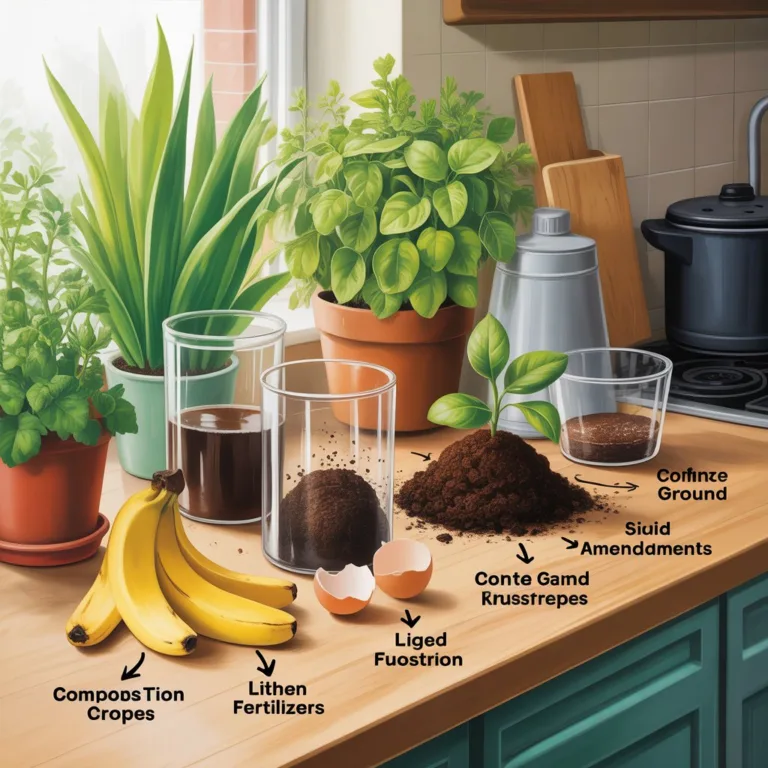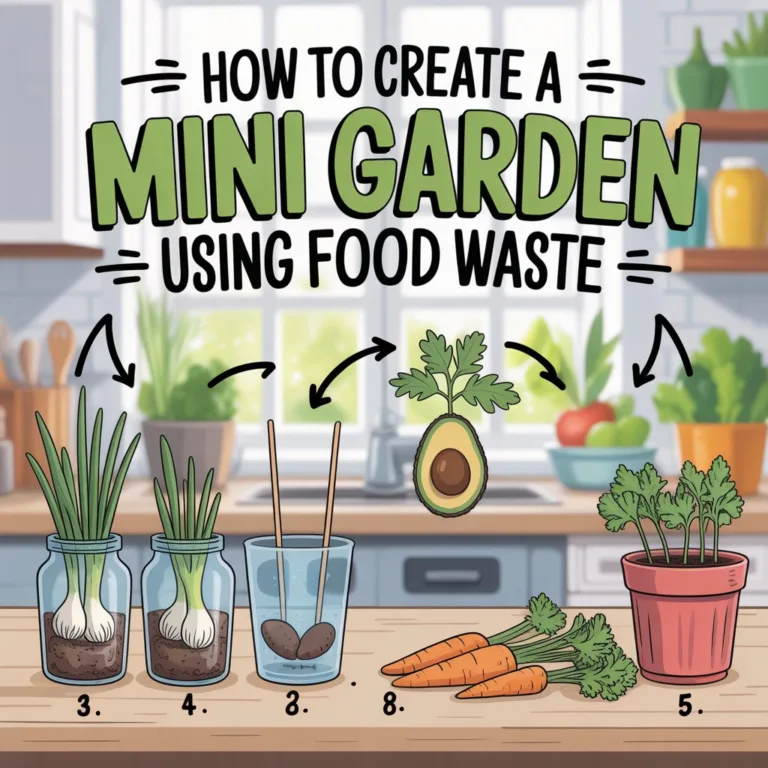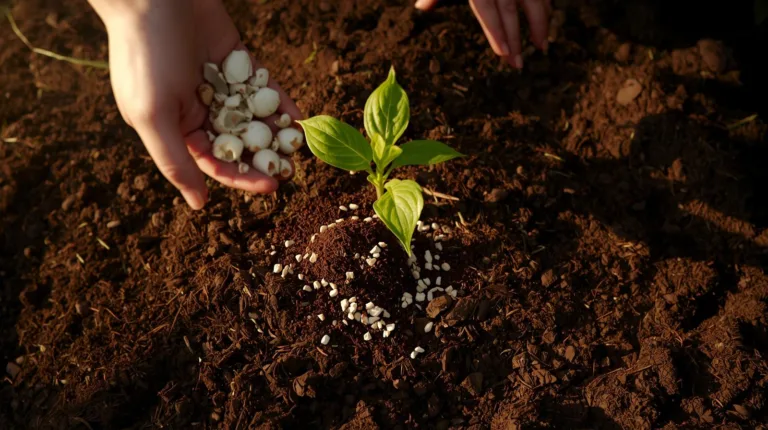In a world where sustainability has become a necessity, finding creative ways to repurpose everyday materials is one of the simplest yet most powerful acts of environmental care. Plastic bottles are among the most common waste items found in households worldwide. While they may seem disposable, these bottles hold incredible potential for reuse—especially in gardening. Transforming plastic bottles into garden pots not only reduces plastic waste but also adds a unique and personal touch to your home garden.

Whether you have a spacious backyard or a small apartment balcony, this guide will show you how to turn discarded bottles into eco-friendly, durable, and versatile planters. You’ll learn how to choose the right bottles, prepare them safely, design attractive pots, and use them to cultivate herbs, flowers, and vegetables—all while helping the planet.
Why Reusing Plastic Bottles for Gardening Matters
Plastic bottles are made from polyethylene terephthalate (PET), a material that can take hundreds of years to decompose. By repurposing them as garden pots, you reduce the volume of plastic waste that ends up in landfills and oceans. Beyond the environmental benefit, creating bottle planters encourages a more sustainable lifestyle, promotes creativity, and can even become an educational activity for children.
Additionally, reusing plastic bottles helps minimize the need for store-bought planters. Traditional pots are often made from clay, ceramic, or new plastics, which require significant energy and resources to produce. Bottle pots, on the other hand, are free, readily available, and customizable.
Choosing the Right Bottles for Your Project
Not all bottles are created equal when it comes to gardening. Here are a few tips to select the best ones:
- Material: Choose bottles made from sturdy, transparent or semi-transparent plastic (PET or HDPE). They should be thick enough to hold soil without collapsing.
- Size: Small bottles (500 ml) are perfect for herbs and small flowers, while large bottles (1.5–2 liters or more) work well for leafy greens, succulents, or small vegetables.
- Shape: Bottles with a smooth surface are easier to cut and decorate. Avoid bottles with many curves or ridges, which can make the process more difficult.
Before using, always clean the bottles thoroughly with warm water and mild soap to remove any residue or labels.
How to Prepare Plastic Bottles for Planting
The transformation process is simple but requires attention to detail to ensure your plants thrive.
- Cutting the Bottle
Decide how you want to use the bottle—vertically or horizontally. For vertical pots, cut the upper third of the bottle, leaving enough depth for soil and roots. For horizontal planters, cut along the side to create a trough shape. - Adding Drainage Holes
Proper drainage is essential for healthy plants. Use a heated needle, nail, or drill to make several small holes in the bottom of the bottle. This prevents water from pooling and causing root rot. - Smoothing Edges
The cut edges can be sharp. Use sandpaper, a lighter flame (carefully), or decorative tape to smooth and cover them, making the pots safe and visually appealing. - Creating a Watering System (Optional)
For self-watering planters, cut a bottle in half and invert the top half into the bottom, creating a small reservoir. A cotton string or piece of fabric placed through the neck acts as a wick to draw water from below to the soil above.
Decorating Your Bottle Pots
One of the joys of DIY gardening is adding personality to your creations. Here are a few eco-friendly decoration ideas:
- Paint and Markers: Use non-toxic, water-based paints to color your bottles. Bright designs make them cheerful additions to your space.
- Fabric Wraps: Cover bottles with leftover fabric or jute twine for a rustic look.
- Labeling: Write the plant’s name on the bottle with waterproof markers or attach small tags.
- Upcycled Add-ons: Glue on small recycled materials like buttons, beads, or natural elements such as dried leaves for decoration.
These details can turn a simple bottle into a beautiful garden feature or even a fun family art project.
Choosing the Right Plants for Bottle Pots
Plastic bottle planters are ideal for growing small to medium-sized plants that don’t require deep soil. Consider these options based on your space and goals:
- Herbs: Basil, mint, parsley, thyme, and coriander grow beautifully in bottle planters placed on windowsills.
- Leafy Greens: Lettuce, spinach, and arugula thrive in shallow containers with regular watering.
- Flowers: Marigolds, petunias, and pansies add color and attract pollinators.
- Succulents and Cacti: Require minimal maintenance and look stunning in transparent or painted bottles.
- Vegetables: Cherry tomatoes, peppers, and small chili varieties can be cultivated in larger bottles or hanging planters.
When selecting plants, ensure the bottle size suits the plant’s root depth and growth needs.
Creating Vertical Gardens with Bottles
If you’re limited on space, vertical gardens are a great way to maximize your planting area. Plastic bottles can easily be transformed into hanging or wall-mounted pots.
To make a vertical garden:
- Prepare multiple bottles by cutting openings on their sides and adding drainage holes.
- Attach them vertically to a wooden board, wire grid, or directly to a wall or fence using strong cords or screws.
- Stack them carefully, ensuring each bottle drains into the one below without waterlogging the plants.
- Fill with lightweight soil and suitable plants for vertical growth such as herbs, strawberries, or decorative ferns.
Vertical bottle gardens are not only efficient but also serve as stunning green walls that bring freshness to any environment.
Hanging Bottle Planters
Hanging gardens made from plastic bottles are visually appealing and functional. You can hang them in front of windows, balconies, or pergolas.
Here’s how to make them:
- Use sturdy bottles with a secure cap or base.
- Create two holes on opposite sides of the bottle’s upper section.
- Pass a rope or wire through the holes to hang the planter.
- Fill the bottle with soil and your chosen plant, making sure it’s not too heavy.
These hanging planters save floor space and are excellent for trailing plants like ivy, pothos, or strawberries.
Maintaining Your Recycled Bottle Garden
A successful garden requires consistent care, even when made from recycled materials. Follow these tips to ensure long-lasting results:
- Water Moderately: Plastic retains moisture longer than clay pots, so avoid overwatering.
- Fertilize Naturally: Use compost or organic fertilizers to nourish your plants.
- Monitor Sunlight: Place pots in areas suited to the specific light needs of your plants—some prefer shade, others full sun.
- Clean Occasionally: Wipe the outer surface of the bottles to remove dirt and algae buildup.
- Replace or Reinforce: Over time, plastic may weaken due to sunlight. If cracks appear, reinforce with tape or recycle the material again.
Educational and Environmental Benefits
Using recycled bottles as planters goes far beyond gardening—it’s an opportunity to teach sustainability in a hands-on, impactful way.
For children, it becomes a fun science experiment: learning how plants grow, understanding the recycling process, and developing eco-friendly habits early on. For adults, it’s a mindful activity that combines creativity and environmental responsibility. Schools, community centers, and families can use these projects to promote awareness about reducing waste and protecting nature.
Moreover, this practice contributes to reducing your ecological footprint. Each bottle reused represents one less piece of plastic polluting land or sea. When shared within a community, this idea can multiply its positive impact—turning waste into beauty, education, and life.
Expanding Your Green Space Sustainably
Once you start creating bottle planters, it’s easy to expand your eco-garden. Combine your plastic pots with other recycled containers like tin cans, glass jars, or old buckets. You can even build themed sections such as:
- Herb corners for culinary use.
- Flower walls for visual beauty.
- Vegetable tiers for small-scale urban farming.
Mixing different container types and plants enhances biodiversity, attracts pollinators, and helps create a natural, balanced environment.
For added creativity, integrate your planters into home décor: line them along stair railings, window frames, or balcony edges. With imagination, even the smallest urban spaces can transform into lush, sustainable oases.

Sofia Greenfield is a sustainable gardening expert and environmental educator who inspires families and urban gardeners to cultivate green spaces responsibly. She shares practical tips on growing vegetables, herbs, and flowers using eco-friendly and recycled materials, emphasizing the joy of gardening while protecting the planet.



